Everyone has their ideal work environment. Some people like highly collaborative groups while others prefer to work independently. Think of this article as TVD Associates’ vision board for our ideal working relationship with nonprofits. By creating a picture of our ideal board of members, we hope to give a clear picture of how we approach our work.
In a previous blog post, we discussed how we like to approach our relationships with our clients as that of a shared walk. In our experience, the most fruitful client relationships are those where both the board and the management grow together over time. Instead of having quarterly check-ins, an association’s board is in continual collaboration with their management company, allowing for deliberate decision-making that creates continual improvement. It may seem counterintuitive, since a nonprofit hires a management firm to take care of processes the board cannot. But an outside group can only do so much.
Trust us when we say there are certain things your management company can’t do for you.
Your management team can develop a plan of action, create a fundraising campaign, and even draw up talking points. But ultimately, your board is the face of your organization. When addressing your members, it should come from a face they know and trust. Take the peer ask, for instance. Your relationships with your community are more impactful than any orchestrated campaign. As your management team, we want to create the best opportunities for growth, and sometimes that means we step back in moments where you can create the most impact. Our promise to leadership is that we will give you the tools you need to succeed and will be with you every step of the way. We adapt our approach depending on the context of the situation, but you will never be left to fend for yourselves.
In order to keep up with the fast-paced flow of meetings, newsletters, and events, continual communication is key. The best way to do this? Making sure everyone on your board gets to know your management team. While it makes sense from an organizational standpoint to have one or two board members be the point of contact, it prevents opportunities to develop the rest of the board.
Each board member has their own responsibilities and area of expertise. When your management team is familiar with each board member and their skillset, they can direct questions and drafts to the ideal board member, spreading out the work (and emails) across the entire board. Not only does this ease your board’s short-term workload, it sets your association up for future success. As your board members each become involved with the management process, we can play up each board member’s strengths while also building up leadership skills for the next generation of officers. We believe in creating a structured atmosphere where we are working together not only to solve current issues, but also setting up your nonprofit for longevity.
Your management team is here to keep things running smoothly so that your board can focus its mission and members, truly strategic needs. With that in mind, some questions can bypass your fellow board members and go straight to your management team.
Think about what is an operational detail vs. something the whole board needs to know about.
Need to clarify the time for a virtual event? Want the phrasing of that email campaign changed? Those are the kinds of operational items that can go directly to your management firm. This means your board can focus their efforts on the big picture and not have to worry about setting aside time to monitor the little details. But don’t worry about any board members being left in the dark – that’s where regular meetings between the board and TVDA fill in any gaps.
We believe a prepared meeting is a productive meeting. Instead of spending half the time explaining what we want to discuss, we like to approach meetings as a quick touch point to ask questions, get clarification and discuss strategic direction. In order to make this as efficient as possible, we ask that board members stay up to date on what materials are available to them and where they can look something up as the conversation progresses. This preparedness also goes both ways. We don’t want you to shy away from the conversations you feel need to be brought up; we just ask for a heads up when possible to give us time to prepare our response.
Our goal is to use meetings as an opportunity for open discussion – we don’t have to always agree, but we owe it to the board to have a meaningful debate of any differences of opinion so that we, as your management team, can carry out the board’s vision to the best of our ability.
And finally, to end on a lighter note, our ideal board is one that replies to emails and calls. We know Covid has exponentially increased the amount of emails we all receive every day, but we promise we’re not sending emails for the sake of blowing up your inbox. Timely communication is what keeps projects flowing; without it we get stuck in development limbo and take time away from forward facing effort. .
To borrow a phrase, help us help you. We look forward to working with your board to create actionable plans for your nonprofit or association.

